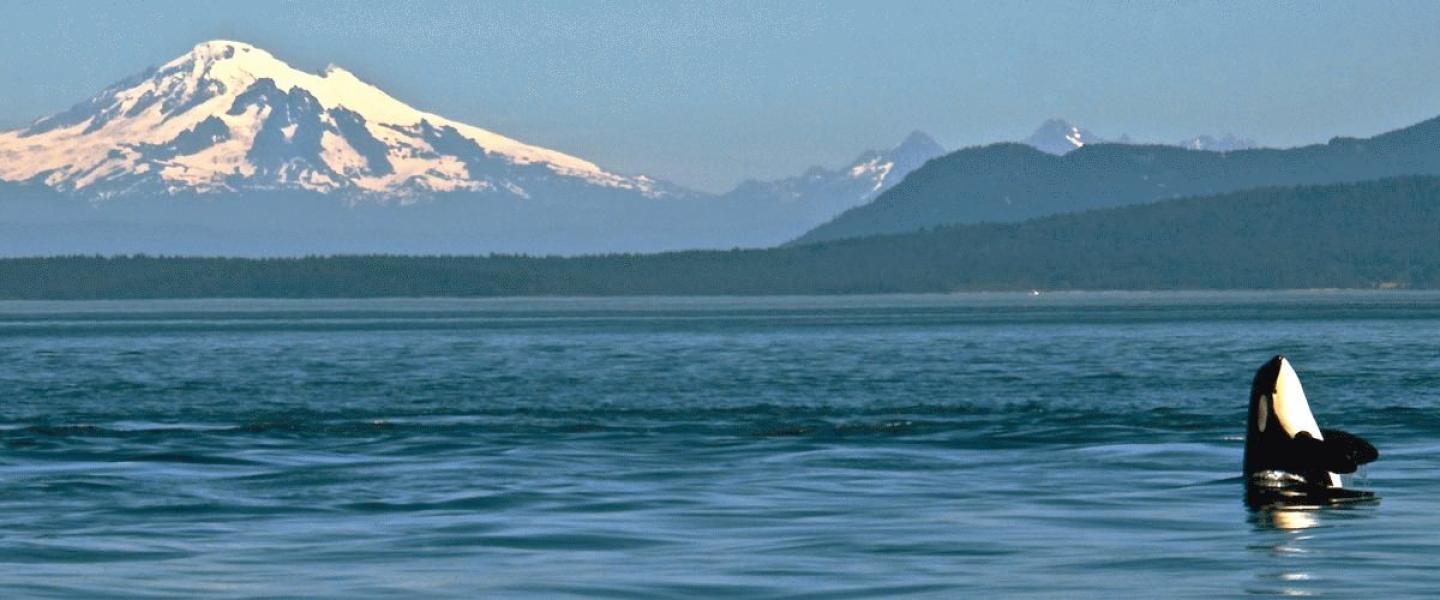
Naturalist Gear Down Friday November 5, 2010 10 to 4 organized by The Whale Museum
I took my first naturalist class in about 1996 from The Whale Museum. Enjoyed it and learned so much I took it at least another three times.
This class, organized by The Whale Museum, was the ‘gear down’ session or ‘end of the season’ get together for reviewing and learning for both professional naturalists and naturalists not working in the field.
Greg Hertel, a now retired school teacher gave a lively and interesting talk called Pirates of the Salish Sea. Smuggling was the central theme and boy, people smuggled all kinds of things to the islands like wool, cotton, Chinese people, Alcohol and drugs.
Monica Wieland gave a talk about identifying the calls, whistles, communications and clicks (discrete calls) of the different resident pod and other killer whales. Seeing the spectrographs of what the calls looked like was very helpful to me. According to John Ford, he identified 31 pod-level calls. ( 9 transient calls) J pod appears to have a wider variety of calls. Apparently orca whale brains are better adapted to processing sound than human brains.
Candice Emmons of NOAA chatted about orca prey and said what most of us knew, that the Fraser River is the primary source for the Chinook salmon that the resident orcas prefer. She also mentioned one of the way to know if you are looking at a transient or resident orca is the shape of the back. Resident orcas are more curved than the transients who are more flat.
Deborah Giles AKA ‘Giles’ archived fecal matter? Yes, the orca poop collected is achieved. There is hope that in the future test will be able to determine if the animal was sick or pregnant.
Frances Robertson AKA ‘Frankie’ talked about Bowhead Whales and said that they are thought to live as long as 200 years! She spent time in the Alaska Artic. Increasing levels of human activity in the region have led to a growing demand for effective conservation strategies that will ensure minimal disturbance and the continued growth of the Bering-Chukchi-Beaufort population of bowhead whales, while maintaining accessibility to Alaskan Inupiat hunters (a key concern in Alaska). Assessments of distribution and relative abundance of bowhead whales in relation to human activities are key components of conservation and management strategies designed to minimize the effects of human activities on wildlife populations and subsistence harvests. Click here for more
There was a brief commercial break at one point for a new ‘adventure’ business here on San Juan Island.
This ended at about 4 pm and then the SSAMN Meeting took over.